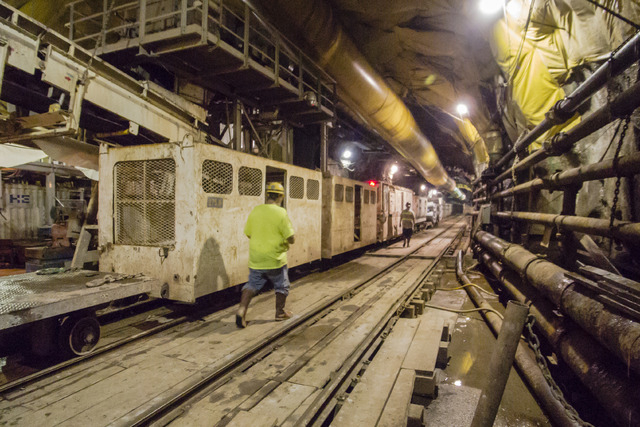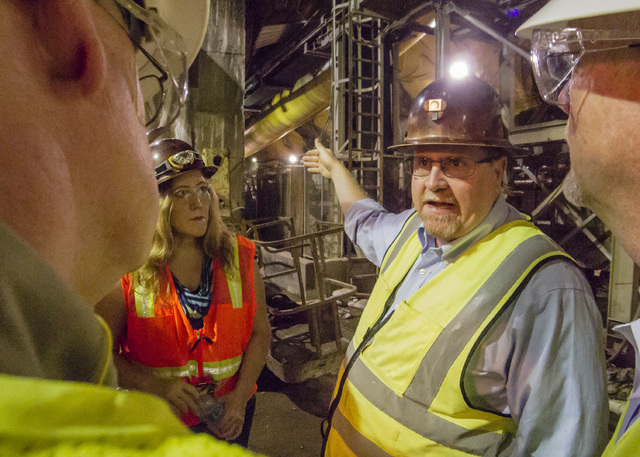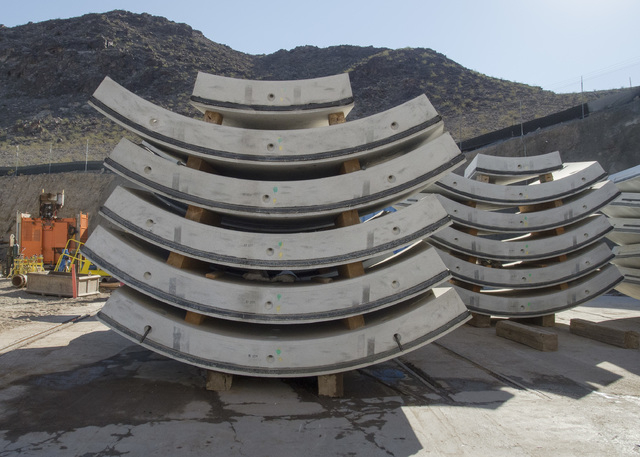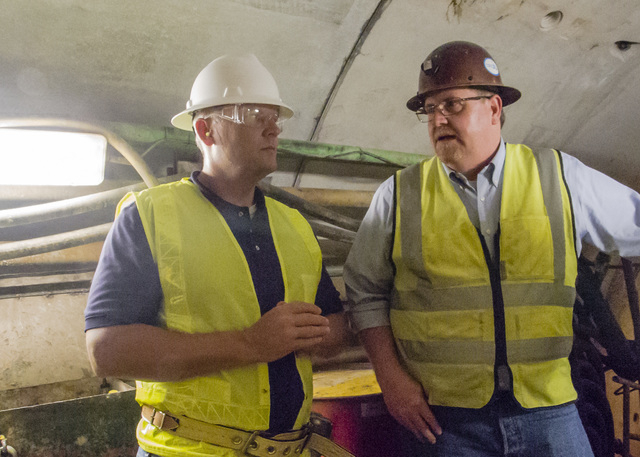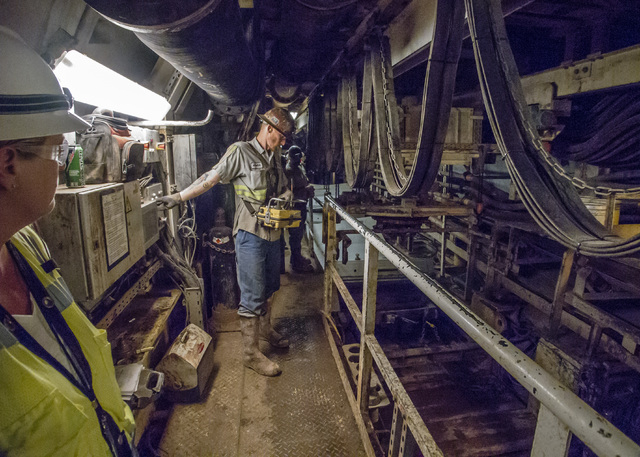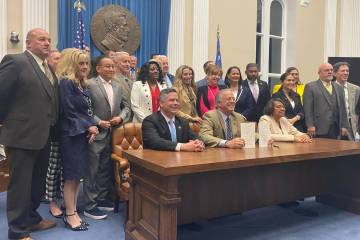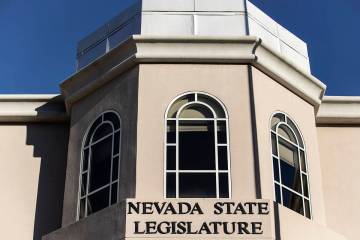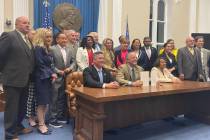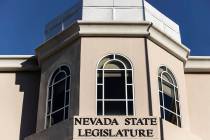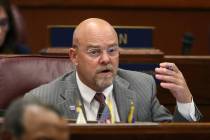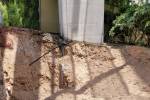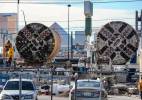Tunnel beneath Lake Mead revives the ‘wow’ factor
Sometimes, we lose track of the “wow” factor.
In a world where most of us can access the sum total of human knowledge from a small device we carry in our pockets, we tend to be unimpressed by things that would seem like dark magic to our forebears.
But then a story comes along to remind us that — with some commitment, ingenuity and creative thinking — we can do incredible things. And it’s not magic; it’s science.
Think about it. Just this year, humans intercepted a comet tumbling through the heavens at 80,000 mph, 300 million miles from Earth, and landed a small probe on its surface.
Back in 2012, filmmaker James Cameron climbed into a 24-foot submersible called the Deepsea Challenger and descended into the deepest part of the ocean, a mission that only two other human beings in history have successfully attempted. (More humans have walked on the surface of the moon than have seen with their own eyes the bottom of the Challenger Deep, where the pressure of the water is 16,500 pounds per square inch.)
And this week, Nevada saw its own engineering marvel: A tunnel clawed into the earth, underneath Lake Mead, to a precise point at the bottom of the lake. The tunnel will be home to a new pipeline that will allow Las Vegas to draw water from the lake even if its surface descends below the two existing intake pipes.
If you haven’t read the story by the Review-Journal’s Henry Brean, or seen the graphic on the Review-Journal’s website by Mike Johnson, you owe yourself a look. The ingenuity, the audaciousness of this plan is something that belies its apparent simplicity.
Starting in 2008, engineers had to dig a 600-foot access shaft straight down, and then hollow out a staging area for the main event: A three-mile tunnel bored underneath the bottom of Lake Mead by a specially designed, German-made tunneling machine that chews up rock and spits it out the back. The pipeline is built in segments behind the machine as it advances.
But that’s not the most impressive part. After creating a tunnel of nearly 16,000 feet, engineers and workers had to hit a bull’s-eye just 25.5 feet across to connect the pipeline to an intake structure that was built on the bottom of the lake two years ago. It was a critical moment, upon which the entire project relied, but they did it, right on target.
This project wasn’t easy or without cost, either. The tunnel flooded twice, delaying the project for months. Worker Thomas Turner was killed in June 2012 while working on the pipeline, a reminder that the critical work was also very dangerous. And the project’s budget had to be supplemented along the way.
But ultimately, they did it. And now an engineering marvel of the last century, the Hoover Dam, will be supplemented by an engineering marvel of this century and continue to make life in this dry, thirsty valley possible. And it’s not magic; it’s science.
The next time you turn on your faucet, think about the work that has already gone into making sure that water flows, and the just-completed work to make sure that faucet won’t run dry anytime soon. The next time you hear a student lament having to study math, use this project to explain how those studies will make life possible, and why we need more students who can solve tomorrow’s problems with the things they learn today.
We owe a hearty congratulations to the engineers and workers who conceived this project and made it a reality. Their efforts remind us of another important fact, one we also lose sight of too often: The problems we face can seem daunting, but they can be solved by people, if only we master the will to do it.
Steve Sebelius is a Las Vegas Review-Journal political columnist who blogs at SlashPolitics.com. Follow him on Twitter (@SteveSebelius) or reach him at 702-387-5276 or ssebelius@reviewjournal.com.



